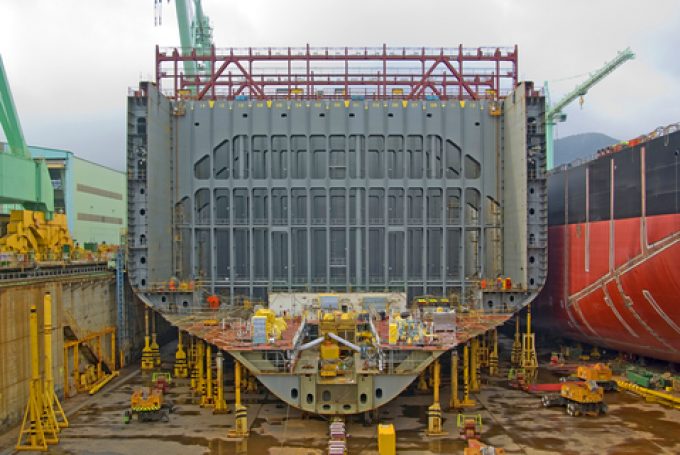Shipowners pushed to order newbuilds as busy yards extend delivery time
Orders for 46 new containerships have been reported this week. Maritime Strategies International MD Dr Adam ...

Against a backdrop of an increasingly pessimistic cargo demand outlook, ocean carriers are said to be in talks with shipyards to defer delivery dates for some of the 2.3m teu of newbuild tonnage due this year.
Shipbuilding contracts usually incorporate a clause to facilitate the pushback ...

Comment on this article